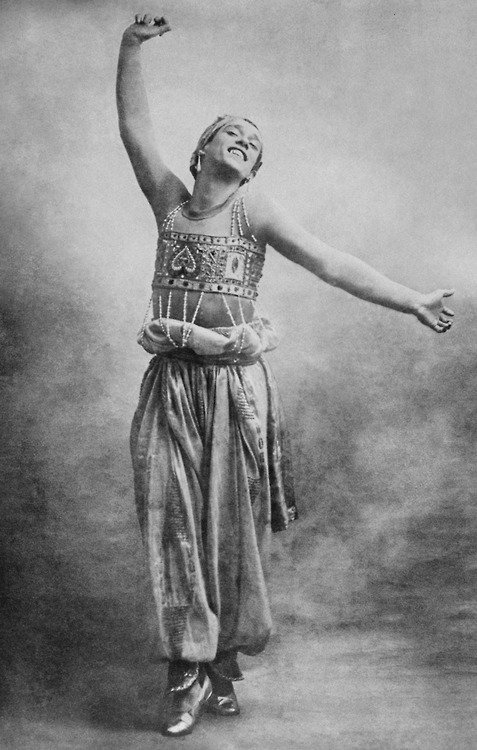Sergey Diaghilev’s Russian Seasons
When ‘A La Russe’ Was Chic
The past week marked 150th anniversary of Sergey Pavlovich Diaghilev (1872-1929), renowned visionary and impresario behind Russian Seasons – ‘Ballet Russes’, – a series of extravagant performances that entrapped Europe and the Americas in early 20th century. Diaghilev’s brilliant direction, combined with progressively increasing opulence of set and costume design and, of course, impeccable dancing talents, created an impactful fascination with Russian culture and eventually developed into the so-called ‘a la russe’ style in fashion and interior design – a fascination that hadn’t existed before, and, sadly, is not provisioned to return in the nearest future.
“Scheherazade” costume design by Leon Bakst. 1910
Sergey Diaghilev was originally a successful art collector that exhibited up-and-coming Russian artists next to established European ones – he discovered and introduced to the public the works of Levitan, Vrubel, Serov and many other then unknown Russian masters. Moreover, he was one of the founders of “Mir Iskusstva” (en. “World of Art”), the country’s most prominent art magazine. Diaghilev, who would eventually be on familiar terms with Gabrielle Chanel and Pablo Picasso along with other impressive figures of his time, had also been a favorite of emperor Nicolas II, who spotted the talented entrepreneur already at the start of his career. Nicolas II was a ruler of profoundly conservative values: in 1903, when the Russian monarchy celebrated 290 years of Romanov family rule, the theme for the dedicated masquerade ball was 17th century Russian court dress.
Sergey Diaghilev by Valentin Serov. 1904
Diaghilev eventually exported that style, with some adjustments. His ballet costumes were indeed heavily anchored in medieval Russian gowns, which historically leaned heavily towards Byzantine and, even before that, Oriental dress. Diaghilev then took this transitional relationship between tsarist Russia and the Orient to the extreme, creating an exotic yet recognizable style. Russian Seasons influenced not only contemporaries - Paul Poiret and Chanel - but will continue to hold power over fashion designers for generations to come: Yves Saint Laurent famously drew inspiration for his 1976 collection from Ballet Russes.
Diaghilev had an eye for talent not only when it came to paintings – he employed many performance artists at different times, among the most noticeable dancer Vaslav Nijinsky, illustrator and costume designer Leon Bakst, composer Igor Stravinsky and many more. Afore-mentioned Chanel and Picasso also each designed costumes for Ballet Russes. Diaghilev himself was a talented producer – though most of his shows did not cover their production costs, the scandalous eroticism of costumes and innovative choreography made Russian Seasons a household name, enraging conservative French spectators at the time. Interestingly so, though Diaghilev was selling the charm of a dying empire, he was ahead of his time, even if for the whole purpose of shock value.



As 2022 unfolds, one might find it nearly impossible to imagine Russian art celebrated again, though - to be fair to Diaghilev’s genius - his heritage remained unmatched even during more prepossessing times. We could perhaps find Diaghilev’s cultural influence still present in the entertainment industry today in the overall flattering depiction of a Russian ballerina trope occasionally found in film – an agreeably kinder stereotype compared to those usually reserved for Russian characters, more often portrayed as typical thugs or prostitutes. For all one knows, this innocent cliché could be the lingering effect of Diaghilev’s PR mission to shape an enticing image for Russia – even if for only a brief period in time.


